Quiet Cat Breeds and Turning Yours into One
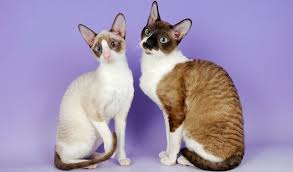
Looking for a cat whose mellowness is “music” to your ears? Then, consider the following breeds that are known for being especially quiet, mild-mannered, and easy to get along with.
Abyssinian: Famous for her love of heights, she will be fur-ever appreciative of having access to one or more ceiling-height cat trees.
American Curl: Known for her distinctively shaped ears, she’s especially striking and has a 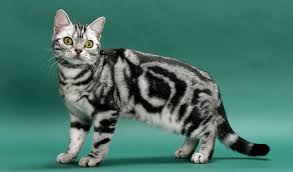 supremely sweet expression. American Shorthair: Adaptable and good-natured, she may retain her hunting ability but makes a loving family companion
supremely sweet expression. American Shorthair: Adaptable and good-natured, she may retain her hunting ability but makes a loving family companion
 Bengal: Athletic, agile and graceful with a strong, muscular body, she looks like she belongs in the jungle.
Bengal: Athletic, agile and graceful with a strong, muscular body, she looks like she belongs in the jungle.
Birman: She communicates in a soft voice to coyly suggest it may be time for a meal or a cuddle on the couch.
British Shorthair: With typical British reserve, she has a quiet voice and is a delightfully undemanding companion.
Chartreux: Appropriately compared with a mime, she’s silent but communicative and sometimes silly.
Cornish Rex: Often described as “dog like,” she’s an eager and willing retriever of any and all thrown toys.
Exotic Shorthair: Sweet, docile and quiet, she loves to play when she’s not sitting in laps or being petted. 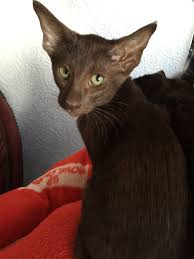
Havana Brown: She’s distinguished by the uncommon shape of her head, which is longer than it is wide.
LaPerm: Her most outstanding feature is her coat, which has loose, bouncy curls, making it light and airy to the touch.
Norwegian Forest: Gentle and friendly, she’s fond of family members but doesn’t demand constant attention and petting.
Persian: Dignified and docile, she’s best known for being quiet and sweet.
Pixie-Bob: Her appearance may hint at “wildness” but nothing could be farther from the truth.
Ragdoll: Bright and quick to learn, she can master tricks as well as good behaviors through positive reinforcement.
Russian Blue: Her elegant yet muscular body led one cat judge to proclaim her the “Doberman Pinscher of cats.”
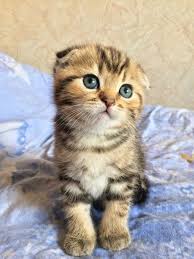 Scottish Fold: Named for her folded ears, she thrives on being with her people and taking part in everything they do.
Scottish Fold: Named for her folded ears, she thrives on being with her people and taking part in everything they do.
Siberian: With roots in the sub-arctic climate of Siberia, it’s little wonder that she’s famous for her long, thick and protective coat.
Singapura: Her three distinguishing characteristics are her weight of 4 to 8 pounds, eyes and ears that seem too large for her size, and her sepia-toned coat.
Somali: Highly intelligent and inquisitive, she climbs higher, jumps farther and plays harder than the average kitty.
For the loving but exasperated owners of breeds not included on this list, when a melodious “meow” has long since morphed into a maniacal “M-E-O-W”, with patience and perseverance, you CAN train your own precious but intrusive puss, especially early in the morning, to be a quiet or at least a quieter one.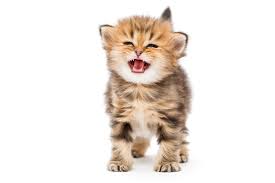
But before attempting to train her, check with your vet to see if her excessive meowing or yowling is a sign of a health issue. Typically quiet cats may become vocal if they’re in pain. Older cats suffering from hearing loss or those losing some of their cognitive functions may also become more vocal.
Many cat trainers suggest using clickers to help a cat learn to be quiet. The simplest way is to use the clicker whenever your cat is quiet, then promptly reward her with a high value treat – to make it 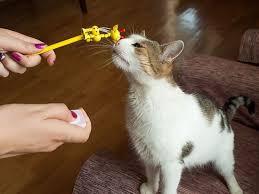 worth her while! She should soon begin to associate being calm and quiet with receiving those delicious delicacies, and her behavior should improve over time.
worth her while! She should soon begin to associate being calm and quiet with receiving those delicious delicacies, and her behavior should improve over time.
As with all training, though, consistency is the key to success. Any lapse on your part will have your gradually quieting cat taking a paw step backward and loudly meowing or yowling all over again. Remember that cats continue meowing after kitten hood as their way of communicating with their people. And so, by wooing your kitty and showing her that calmness and quiet mean tantalizing treats, she should, slowly but surely, lower the volume on her vocalizations and allow you to sleep later than 5 AM.
